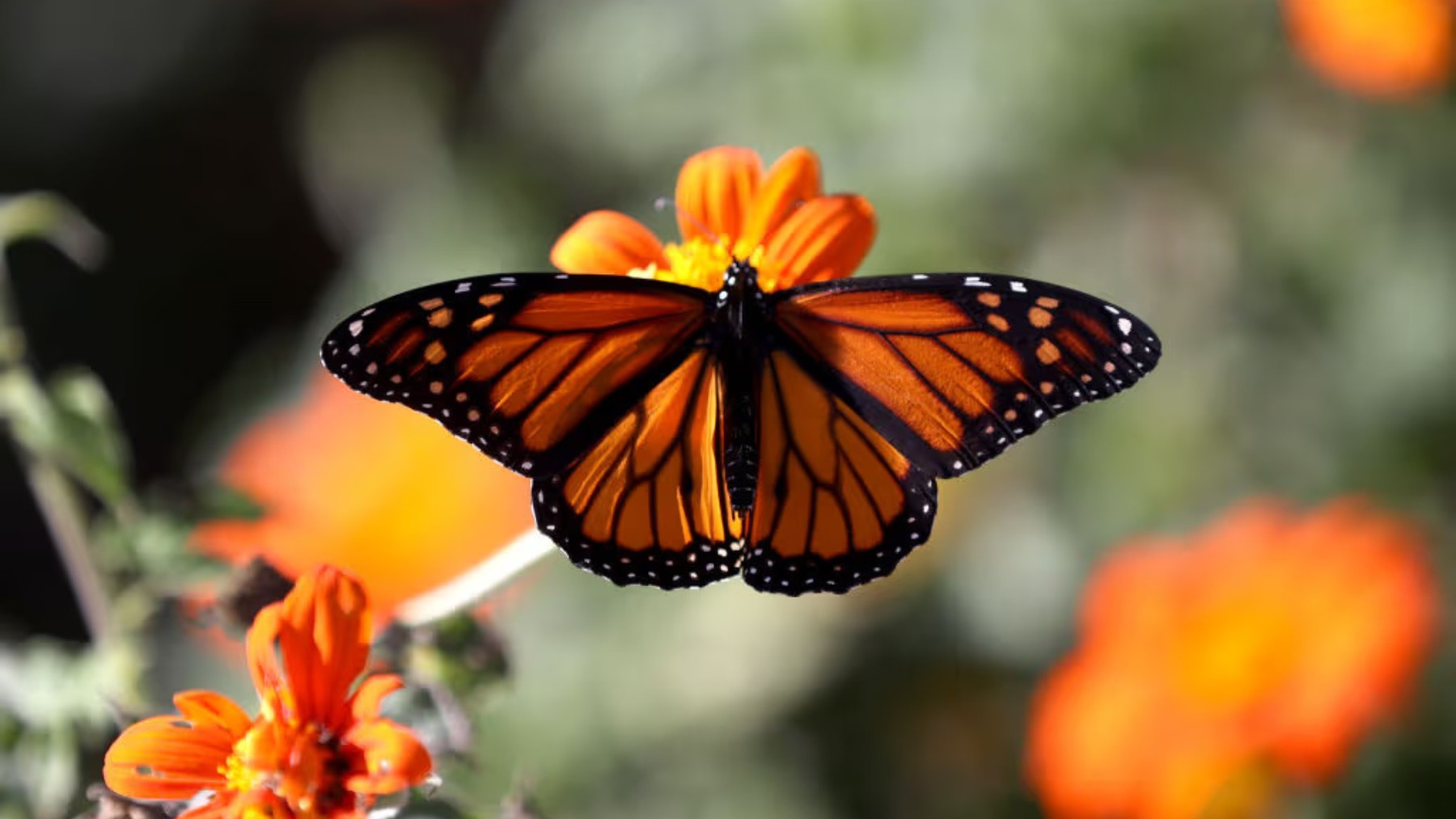The California State Parks Foundation has made an appeal to the people of California, asking for help to preserve the survival of the monarch butterfly. This species of butterfly is native to sites like Natural Bridges, Point Lobos, and Pismos State Beach, the main state parks in California, where up to 50% of the colonies are concentrated. From September 16 to 14 of last month, California Biodiversity Day was celebrated.
This was the day chosen by the California State Parks Foundation to ask for help from the public through the free download of the iNaturalist app, where they could photograph insects to help researchers locate their distribution. According to the executive director of the California state parks foundation, Rachel Norton, Californians play a key role in preserving this species by helping researchers protect its habitat.
The population of monarchs that used to be counted in the millions is currently doing well, but they are experiencing a drastic decline in recent years, directly related to habitat loss and the growing environmental challenges that threaten their conservation. For this reason, authorities are asking for citizen collaboration to help preserve this butterfly species and avoid its extinction through the study of their needs.
Monarch butterfly
Its scientific name is Danaus plexippus, and it is one of the most representative butterfly species in California. Easily recognizable by its orange and black wings, it is also the star of one of the most spectacular migration movements in nature. They travel from Canada to the coast of California and northern Mexico, searching for shelter for their hibernation period. Some key refuge points for these butterflies are California State Parks. Among them, Natural Bridges, Point Lobos, and Pismo State Beach stand out, concentrating up to 50% of the colonies.
Why are they in jeopardy?
In recent years, a notable decline in the number of monarch butterflies has been detected. This is the result of threats such as habitat loss, climate change, and pesticide use. Data shared by the California State Parks Foundation demonstrates the significant decline: in the 1980s, there were 4.5 million, while in 2022, there are barely 1,899. This is why researchers and biologists remind the population of the urgent need to conserve State Parks, as they are the main refuges for this species.
According to the statements of the executive director of the California State Parks Foundation, Rachel Norton, “Monarch butterflies depend on these forests for their survival. Our state parks play a key role in preserving this species”.
How can Californians help?
In addition to conserving natural spaces and State Parks, the Foundation called on the public to participate in the counting of specimens. From September 6 to 14, California Biodiversity Day was celebrated. During this week, the Foundation invited citizens to observe and record monarch butterflies, to photograph them, and to share their findings through the free iNaturalist app.
This gesture would provide significant help to scientists who are trying to better understand the species’ distribution throughout the year. Moreover, it will aid the 29th Annual Western Monarch Count by providing more robust data. “Californians play a key role in preserving this species, from helping scientists track where the butterflies are located to advocating for the protection of their habitat. We are encouraging citizens to get involved,” said Norton.
Human action
Just as human action is the direct cause of the decline in the number of specimens, it is human action that is responsible for providing a solution. That is why the California State Parks Foundation requests collaboration, not only during Biodiversity Week but constantly, to help preserve a species that is in a critical state.





